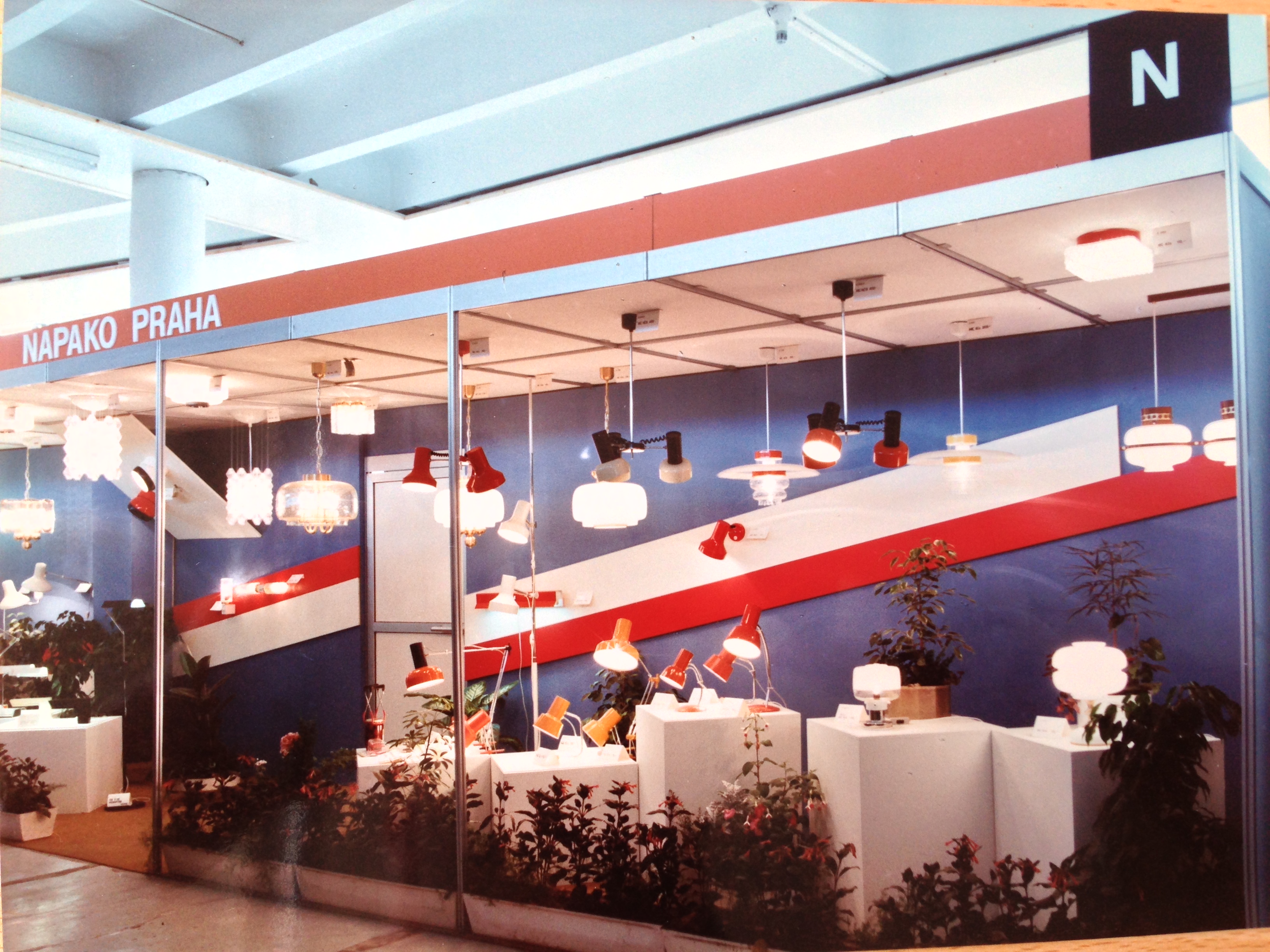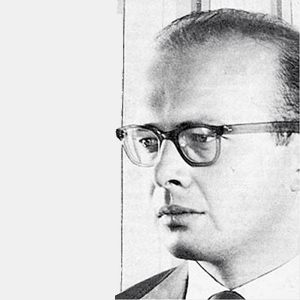Series luminaires that have become a symbol of quality design
Since 1919, the NAPAKO production cooperative has brought together small companies, mainly in the metalworking sector. Over the years, it managed to build a privileged position on the Czechoslovak market, winning design awards for modern lighting fixtures and, after the fall of the communist regime, moving into the production of security doors. Let's take a look at the history of a Prague company.
Until the 15th of May you can buy all NAPAKO lamps in our e-shop with 20% discount.
Toolmakers, passers, metal extruders (Nástrojaři, pasíři, kovotlačitelé)
The pure, almost design name NAPAKO was created in a similar way to ČEDOK (Česká dopravní kancelář), TONAK (Továrna na klobouky) or FIAT (Fabbrica Italiana Automobili Torino). The toolmakers, passers and metal printers had hoped to support each other and pool their financial resources from the very beginning of the cooperative, but in the first few years it was not possible to get enough orders. When the situation began to improve with the help of the state, NAPAKO's small businesses spread throughout Prague and became known for quality products such as railings, urns, metalwork and metal ornaments..png)
Stair railings in the Valdek Palace in Prague, 1950 / Vítkov, National Liberation Memorial, window in the mausoleum, 1948, production Napako
As electrification progressed, designers and craftsmen began to focus on household appliances and lighting. At first it was mainly the historicisation of custom-made interior lighting, but in the 1930s the company began to collaborate with Ing. Miloslav Prokop, who designed modern functionalist lamps. Simplicity, glass and metal set the tone for the future post-war style and the company's reputation.
Achievements after the war and in the sixties
After the advent of communism, when many Czechoslovak companies were nationalised, the NAPAKO cooperative was preserved and the state in turn transferred 36 other private companies to it. In its heyday, the company won one state contract after another for several decades. Not only lighting fixtures, but also pimping and locksmith products were on display at Prague's Smíchov railway station, the Podolí swimming stadium and Špilberk in Brno.
Especially in the 1960s, NAPAKO produced many lamps and chandeliers that won awards at home and abroad. This was mainly due to Josef Hůrka, an artist and industrial designer of serial lighting.
Entry by Josef Hůrka
The designer has worked at NAPAK since the 1940s, originally designing electrical appliances. When he switched to lighting design, he had to deal with the material and technological constraints of his environment. He continued the aforementioned formal rigour of Miloslav Prokop's functionalist accessories and managed to give NAPAKO products a recognisable signature.
At first, Josef Hůrka stuck to earthy colours such as grey, khaki or matte black in his collections, only later adding bright red to his designs. In addition to the austerity of the 1930s, he was also inspired by the Brussels style, which was reflected in the use of plastic and organic shapes (at least as much as production allowed). He designed the lamps to take full advantage of NAPAKA's metalworking tradition.
Many of Hůrka's designs were never realised, but are preserved in the collections of the National Technical Museum in Prague. In the mid-1970s, Josef Hůrka handed over his position to Josef Mara, who continued the success of NAPAKO lamps.
The traditional factory continues to operate
After 1989, the demand for local design began to decline as all foreign markets, including cheap products from Asia, began to compete with it. The production of NAPAKO lamps was finally stopped in 1999. However, the NAPAKO brand still exists today and continues to be involved in the metalworking industry, the manufacture, installation and service of security doors, and the manufacture and installation of advertising clip frames and stands.

.png)